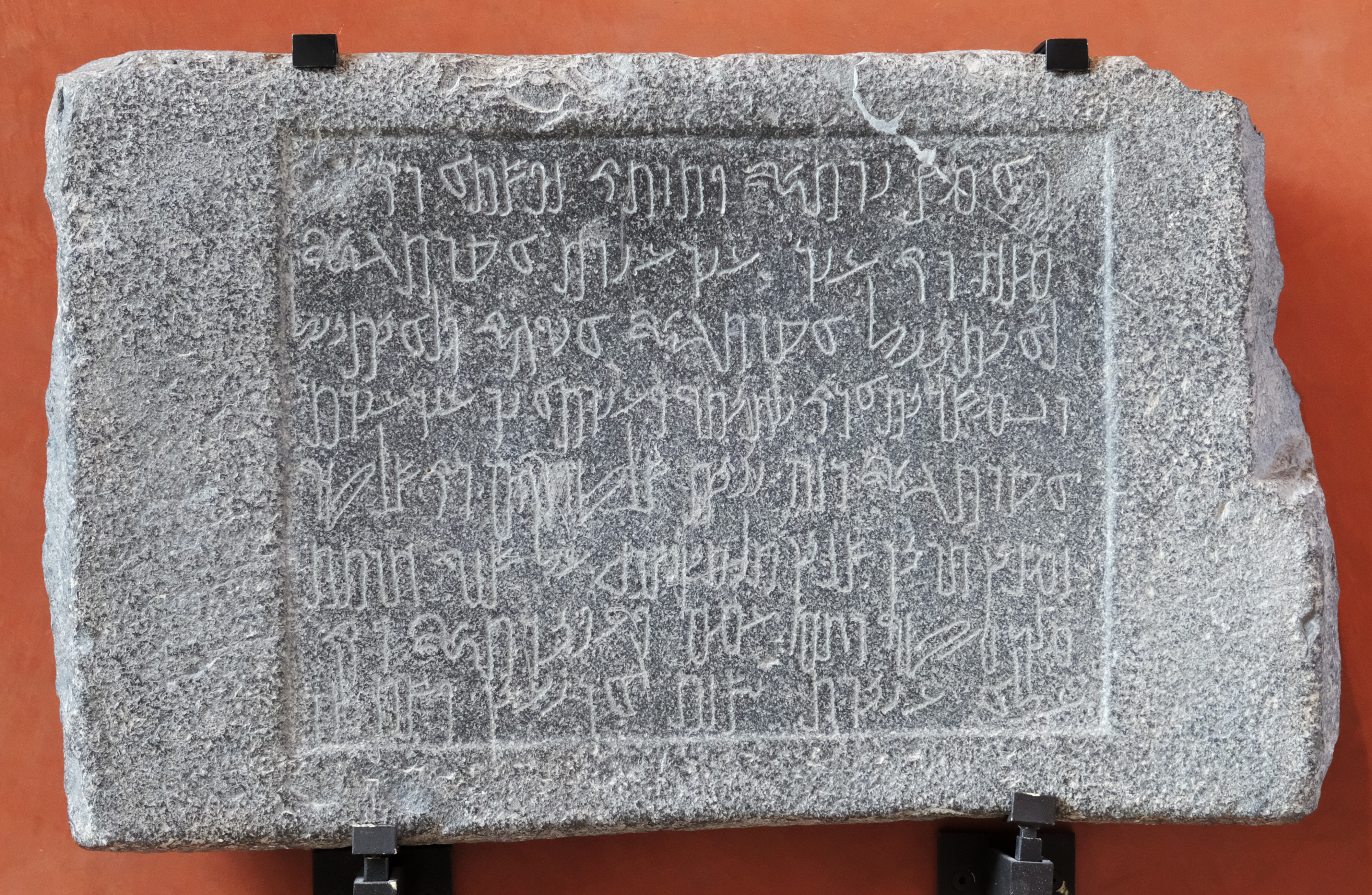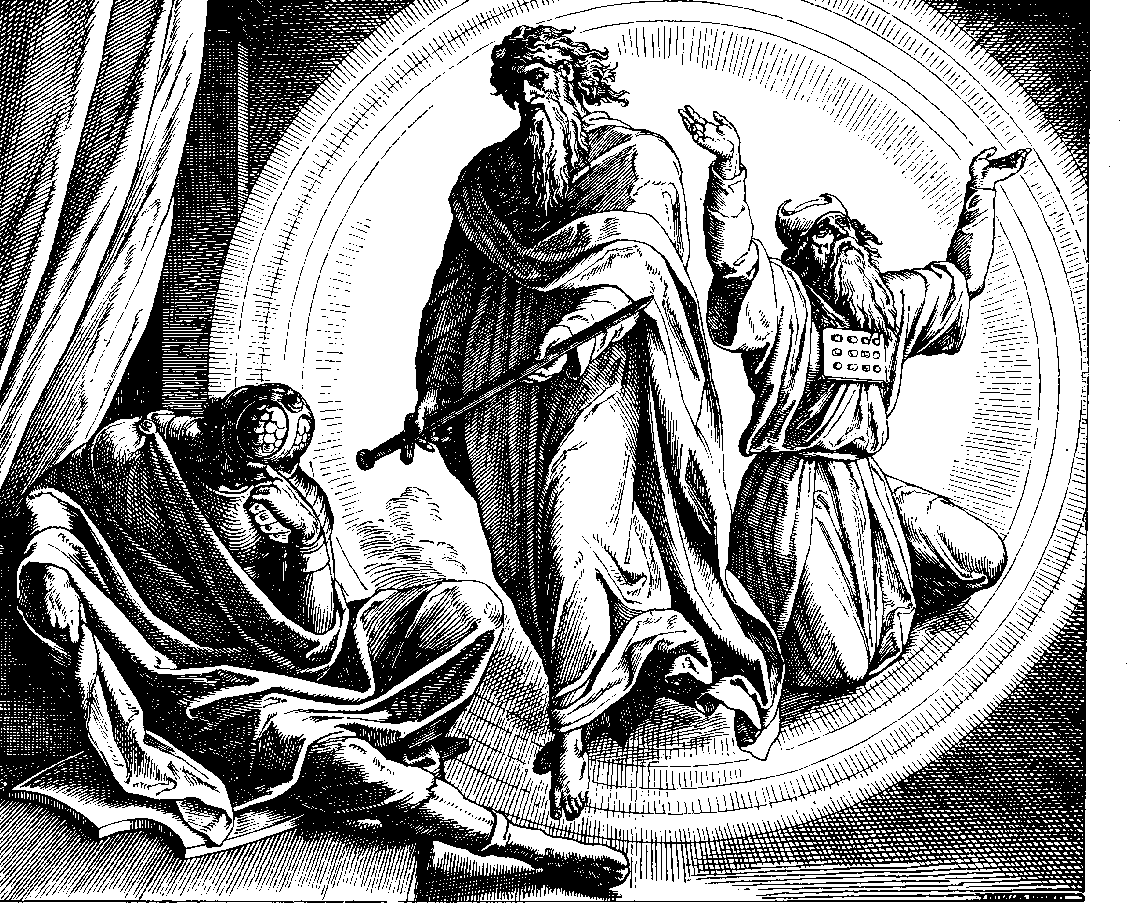|
Aretas I
Aretas I (; Nabataean Aramaic: ''Ḥārīṯat''; el, Αρέτας ''Arétās'') is the first known King of the Nabataeans. His name appeared on the oldest Nabataean inscription dating from 168 BC which was found at Halutza. He is also mentioned in the deuterocanonical book 2 Maccabees (5:8). This book presents how Jason, the High Priest of Israel who founded a Greek quarter in Jerusalem Jerusalem (; he, יְרוּשָׁלַיִם ; ar, القُدس ) (combining the Biblical and common usage Arabic names); grc, Ἱερουσαλήμ/Ἰεροσόλυμα, Hierousalḗm/Hierosóluma; hy, Երուսաղեմ, Erusałēm. i ..., was held prisoner by Aretas I after being forced to leave Jerusalem. See also * List of rulers of Nabatea References Sources ''Jewish Virtual Library'' 2nd-century BC Nabataean monarchs 2nd-century BC Arabs 2nd-century BC rulers in Asia {{MEast-hist-stub ... [...More Info...] [...Related Items...] OR: [Wikipedia] [Google] [Baidu] |
Urn Tomb, Petra 01
An urn is a vase, often with a cover, with a typically narrowed neck above a rounded body and a footed pedestal. Describing a vessel as an "urn", as opposed to a vase or other terms, generally reflects its use rather than any particular shape or origin. The term is especially often used for funerary urns, vessels used in burials, either to hold the cremated ashes or as grave goods, but is used in many other contexts. Large sculpted vases are often called urns, whether placed outdoors, in gardens or as architectural ornaments on buildings, or kept inside. In catering, large vessels for serving tea or coffee are often called "tea-urns", even when they are metal cylinders of purely functional design. Urns are also a common reference in thought experiments in probability wherein marbles or balls of different colors are used to represent different results and the urn represents the "container" of the whole set of possible states. Funerary Funerary urns (also called cinerary urns a ... [...More Info...] [...Related Items...] OR: [Wikipedia] [Google] [Baidu] |
Nabataean Aramaic
Nabataean Aramaic is the Aramaic variety used in inscriptions by the Nabataeans of the East Bank of the Jordan River, the Negev, and the Sinai Peninsula. Compared to other varieties of Aramaic, it is notable for the occurrence of a number of loanwords and grammatical borrowings from Arabic or other North Arabian languages.Butts, Aaron M"North Arabian Features in the Nabataean Aramaic Inscriptions from Madāʼin Ṣāliḥ: A Contact-Linguistic Analysis" in G.J. Brooke et al. (eds), ''Near Eastern and Arabian Essays: Studies in Honour of John F. Healey'' (Journal of Semitic Studies Supplement 41; Oxford: Oxford University Press), 39–57. Attested in several dozen longer dedicatory and funerary inscriptions and a few legal documents from the period of the Nabataean Kingdom, Nabataean Aramaic remained in use for several centuries after the kingdom's annexation by the Roman Empire in 106 AD. Over time, the distinctive Nabataean script was increasingly used to write texts in the Ara ... [...More Info...] [...Related Items...] OR: [Wikipedia] [Google] [Baidu] |
Rulers Of Nabatea ...
The Rulers of Nabataea, reigned over the Nabataean Kingdom (also rendered as ''Nabataea'', ''Nabatea'', or ''Nabathea''), inhabited by the Nabateans, located in present-day Jordan, southern Syria, southern Israel and north-western Saudi Arabia. The queens of the later Nabataean Kingdom figure side by side with their husbands as co-rulers on their coins. List See also * Lists of office-holders References {{Reflist Sources''Jewish Virtual Library''*Martha Ross, ''Rulers and Governments of the World – Vol1, Earliest Times to 1491''. London & New York: Bowker Publishing Company, 1978. Nabataean monarchs Nabatea Nabataeans Nabatea Nabatean The Nabataeans or Nabateans (; Nabataean Aramaic: , , vocalized as ; Arabic: , , singular , ; compare grc, Ναβαταῖος, translit=Nabataîos; la, Nabataeus) were an ancient Arab people who inhabited northern Arabia and the southern Lev ... [...More Info...] [...Related Items...] OR: [Wikipedia] [Google] [Baidu] |
Halutza
The ancient city of Halasa or Chellous ( gr, Χελλοὺς), Elusa () in the Byzantine period, was a city in the Negev near present-day Kibbutz Mash'abei Sadeh that was once part of the Nabataean Incense Route. It lay on the route from Petra to Gaza.Carta's Official Guide to Israel, 1983. Today it is known as Haluza ( he, חלוצה), and during periods of Arab habitation it was known as al-Khalūṣ ( ar, الخلوص; Early Muslim period) and Al-Khalasa (; 20th century). In the 5th century it was surrounded by vineyards and was famous for its wines. Due to its historic importance, UNESCO declared Haluza a World Heritage Site along with Mamshit, Avdat and Shivta. Name in ancient sources The city is called 'Chellous' (Χελλοὺς) in the Greek text of Judith, i, 9 (seJdt 1:9in NABRE), a work probably dating to the 1st century BCE. It is also mentioned in the 2nd century CE by Ptolemy, Peutinger's Table, Stephanus Byzantius (fl. 6th century; as being formerly i ... [...More Info...] [...Related Items...] OR: [Wikipedia] [Google] [Baidu] |
Deuterocanonical Books
The deuterocanonical books (from the Greek meaning "belonging to the second canon") are books and passages considered by the Catholic Church, the Eastern Orthodox Church, the Oriental Orthodox Churches, and the Assyrian Church of the East to be canonical books of the Old Testament, but which Protestant denominations regard as apocrypha. They date from 300 BC to 100 AD, mostly from 200 BC to 70 AD, before the definite separation of the Christian church from Judaism. While the New Testament never directly quotes from or names these books, the apostles most frequently used and quoted the Septuagint, which includes them. Some say there is a correspondence of thought, and others see texts from these books being paraphrased, referred, or alluded to many times in the New Testament, depending in large measure on what is counted as a reference. Although there is no scholarly consensus as to when the Hebrew Bible canon was fixed, some scholars hold that the Hebrew canon was established ... [...More Info...] [...Related Items...] OR: [Wikipedia] [Google] [Baidu] |
2 Maccabees
2 Maccabees, el, Μακκαβαίων Β´, translit=Makkabaíōn 2 also known as the Second Book of Maccabees, Second Maccabees, and abbreviated as 2 Macc., is a deuterocanonical book which recounts the persecution of Jews under King Antiochus IV Epiphanes and the Maccabean Revolt against him. It concludes with the defeat of the Seleucid Empire general Nicanor in 161 BC by Judas Maccabeus, the leader of the Maccabees. 2 Maccabees was originally written in Koine Greek by an unknown diaspora Jew living in Hellenistic Egypt. It was likely written some time between 150 and 120 BC. Together with the book 1 Maccabees, it is one of the most important sources on the Maccabean Revolt. The work is not a sequel to 1 Maccabees but rather its own independent rendition of the historical events of the Maccabean Revolt. It both starts and ends its history earlier than 1 Maccabees, starting with an incident with the Seleucid official Heliodorus attempting to tax the Second Temple in 178 BC ... [...More Info...] [...Related Items...] OR: [Wikipedia] [Google] [Baidu] |
High Priest Of Israel
High Priest ( he, כהן גדול, translit=Kohen Gadol or ; ) was the title of the chief religious official of Judaism from the early post- Exilic times until the destruction of the Second Temple in Jerusalem by the Romans in 70 CE. Previously, in the Israelite religion, including during the time of the kingdoms of Israel and Judah, other terms were used to designate the leading priests; however, as long as a king was in place, the supreme ecclesiastical authority lay with him. The official introduction of the term "high priest" went hand-in-hand with a greatly enhanced ritual and political significance bestowed upon the chief priest of the Israelites in the post-Exilic period, especially from 411 BCE onward due to the religious transformations brought about during the time of the Babylonian captivity and due to the lack of a Jewish king and kingdom. The high priests belonged to the Jewish priestly families that trace their paternal line back to Aaron—the first high prie ... [...More Info...] [...Related Items...] OR: [Wikipedia] [Google] [Baidu] |
Jerusalem
Jerusalem (; he, יְרוּשָׁלַיִם ; ar, القُدس ) (combining the Biblical and common usage Arabic names); grc, Ἱερουσαλήμ/Ἰεροσόλυμα, Hierousalḗm/Hierosóluma; hy, Երուսաղեմ, Erusałēm. is a city in Western Asia. Situated on a plateau in the Judaean Mountains between the Mediterranean Sea, Mediterranean and the Dead Sea, it is one of the List of oldest continuously inhabited cities, oldest cities in the world and is considered to be a holy city for the three major Abrahamic religions: Judaism, Christianity, and Islam. Both Israelis and Palestinians claim Jerusalem as their Capital city, capital, as Israel maintains its primary governmental institutions there and the State of Palestine ultimately foresees it as its seat of power. Because of this dispute, Status of Jerusalem, neither claim is widely recognized internationally. Throughout History of Jerusalem, its long history, Jerusalem has been destroyed at least twice, Sie ... [...More Info...] [...Related Items...] OR: [Wikipedia] [Google] [Baidu] |
List Of Rulers Of Nabatea ...
The Rulers of Nabataea, reigned over the Nabataean Kingdom (also rendered as ''Nabataea'', ''Nabatea'', or ''Nabathea''), inhabited by the Nabateans, located in present-day Jordan, southern Syria, southern Israel and north-western Saudi Arabia. The queens of the later Nabataean Kingdom figure side by side with their husbands as co-rulers on their coins. List See also *Lists of office-holders References {{Reflist Sources''Jewish Virtual Library''*Martha Ross, ''Rulers and Governments of the World – Vol1, Earliest Times to 1491''. London & New York: Bowker Publishing Company, 1978. Nabataean monarchs Nabatea Nabataeans Nabatea Nabatean The Nabataeans or Nabateans (; Nabataean Aramaic: , , vocalized as ; Arabic: , , singular , ; compare grc, Ναβαταῖος, translit=Nabataîos; la, Nabataeus) were an ancient Arab people who inhabited northern Arabia and the southern Lev ... [...More Info...] [...Related Items...] OR: [Wikipedia] [Google] [Baidu] |







